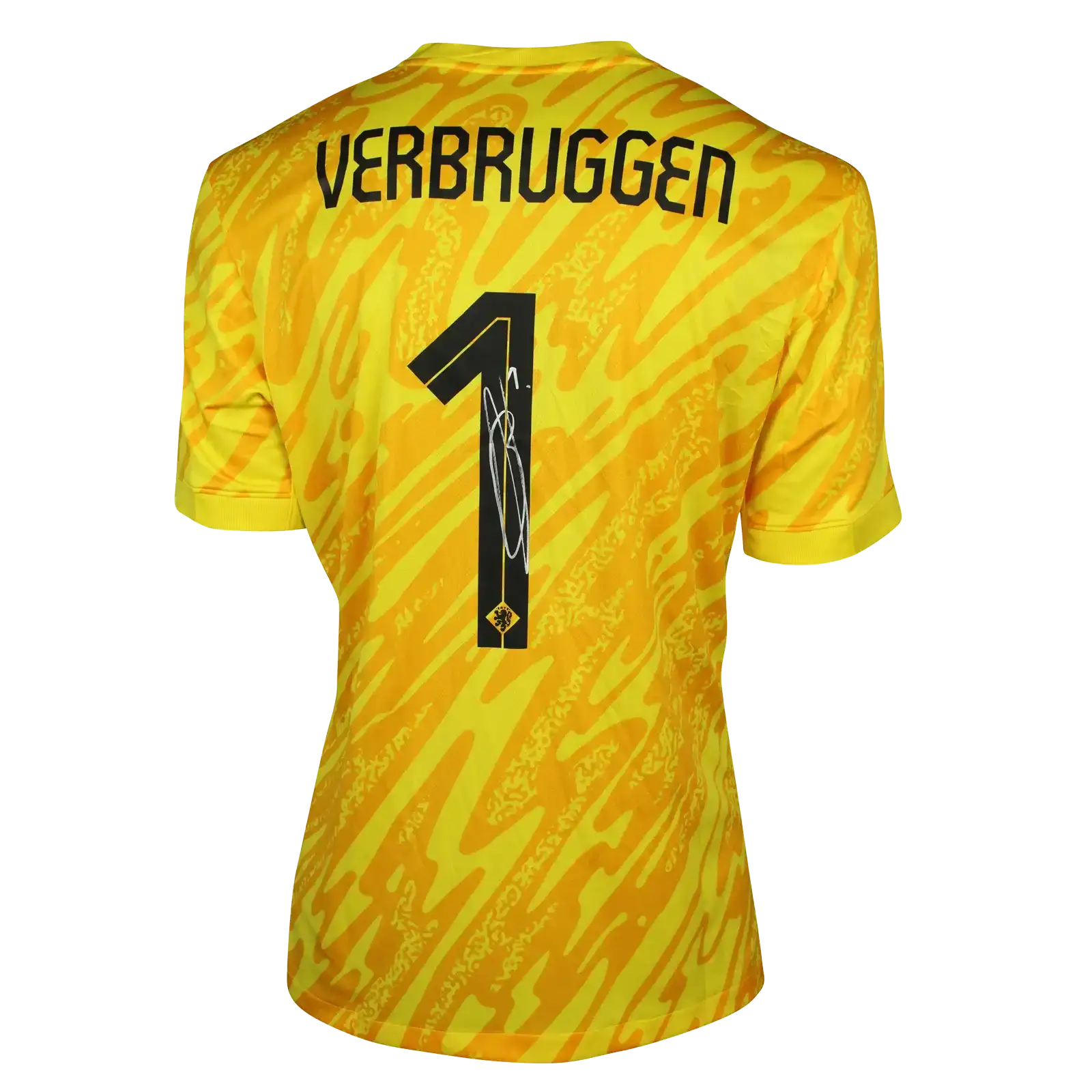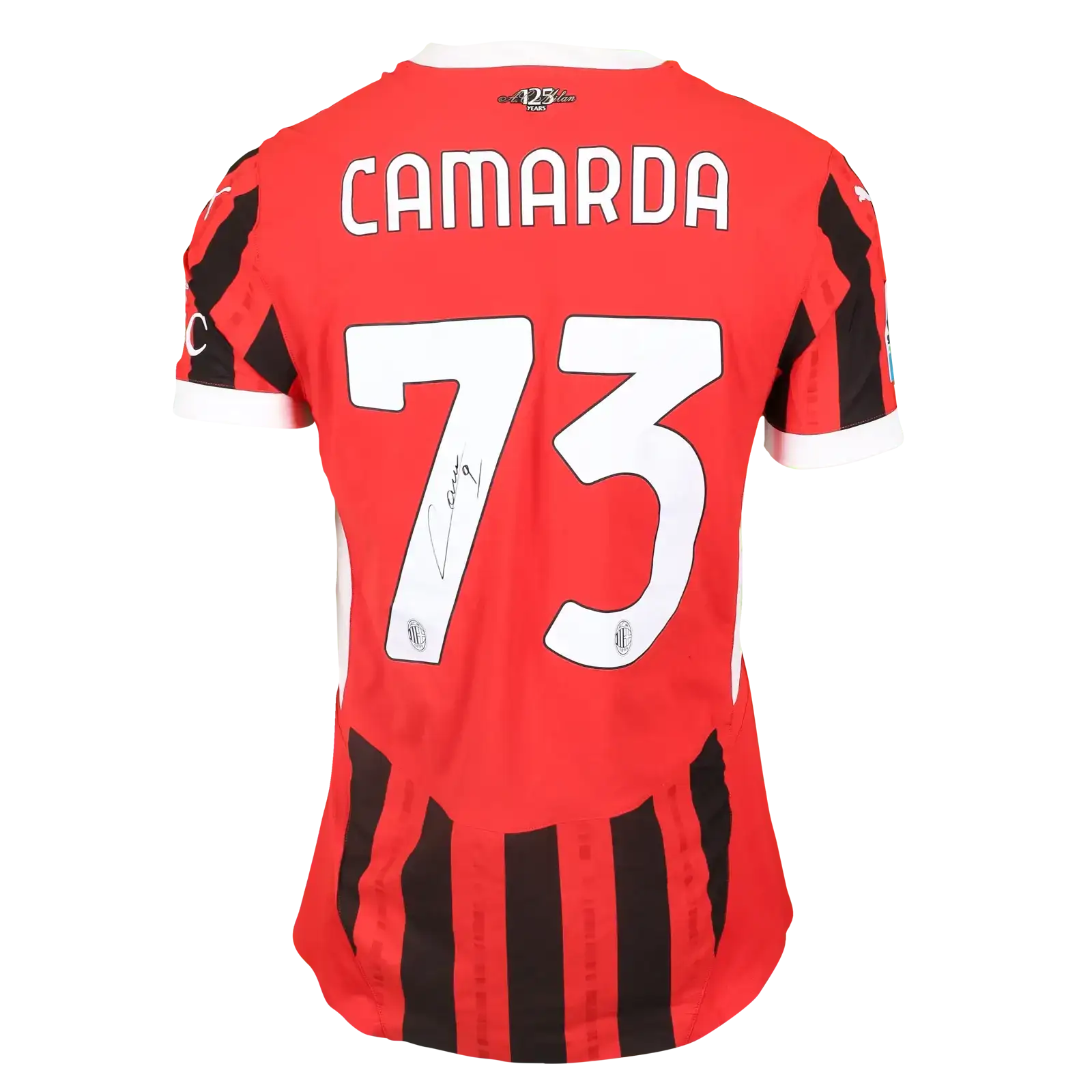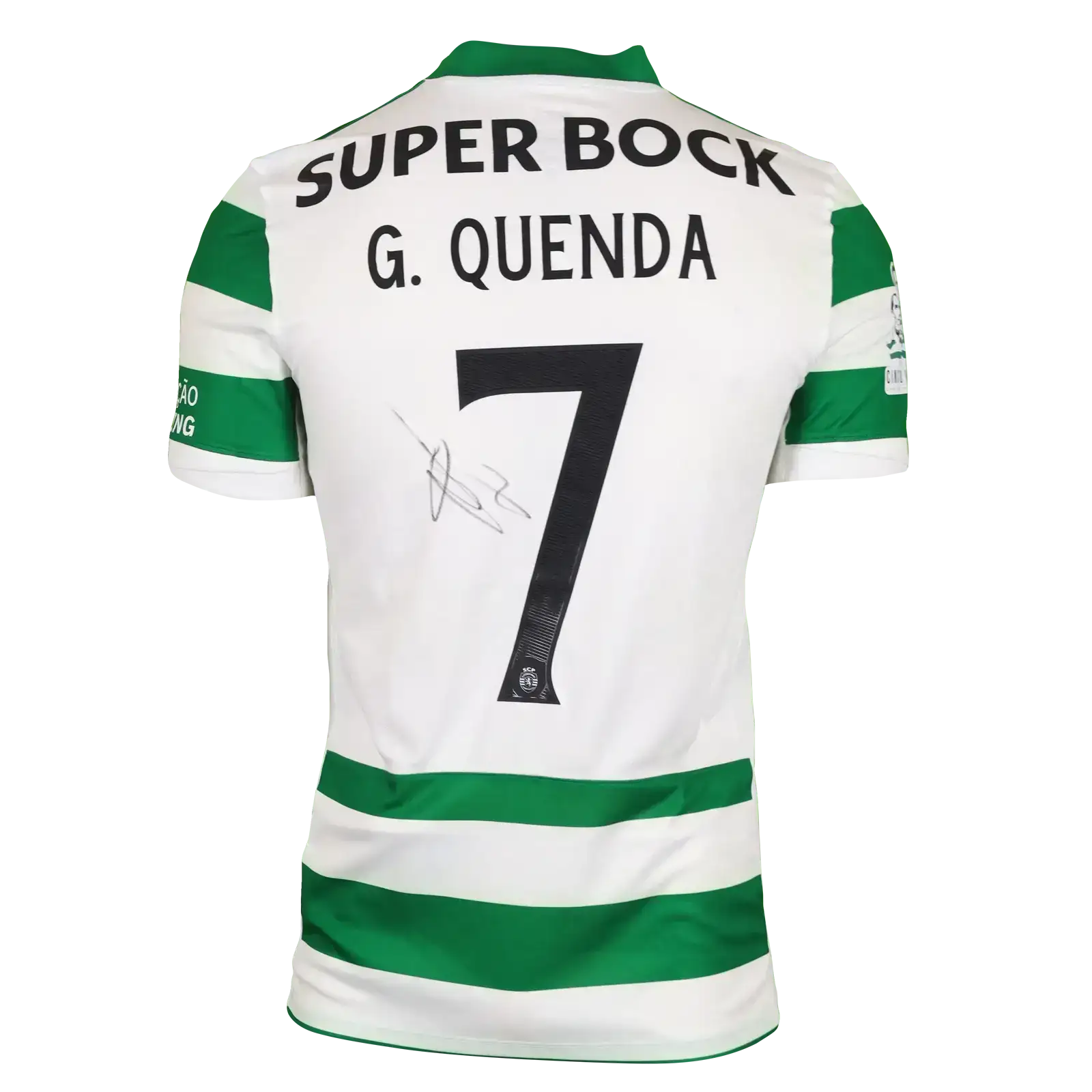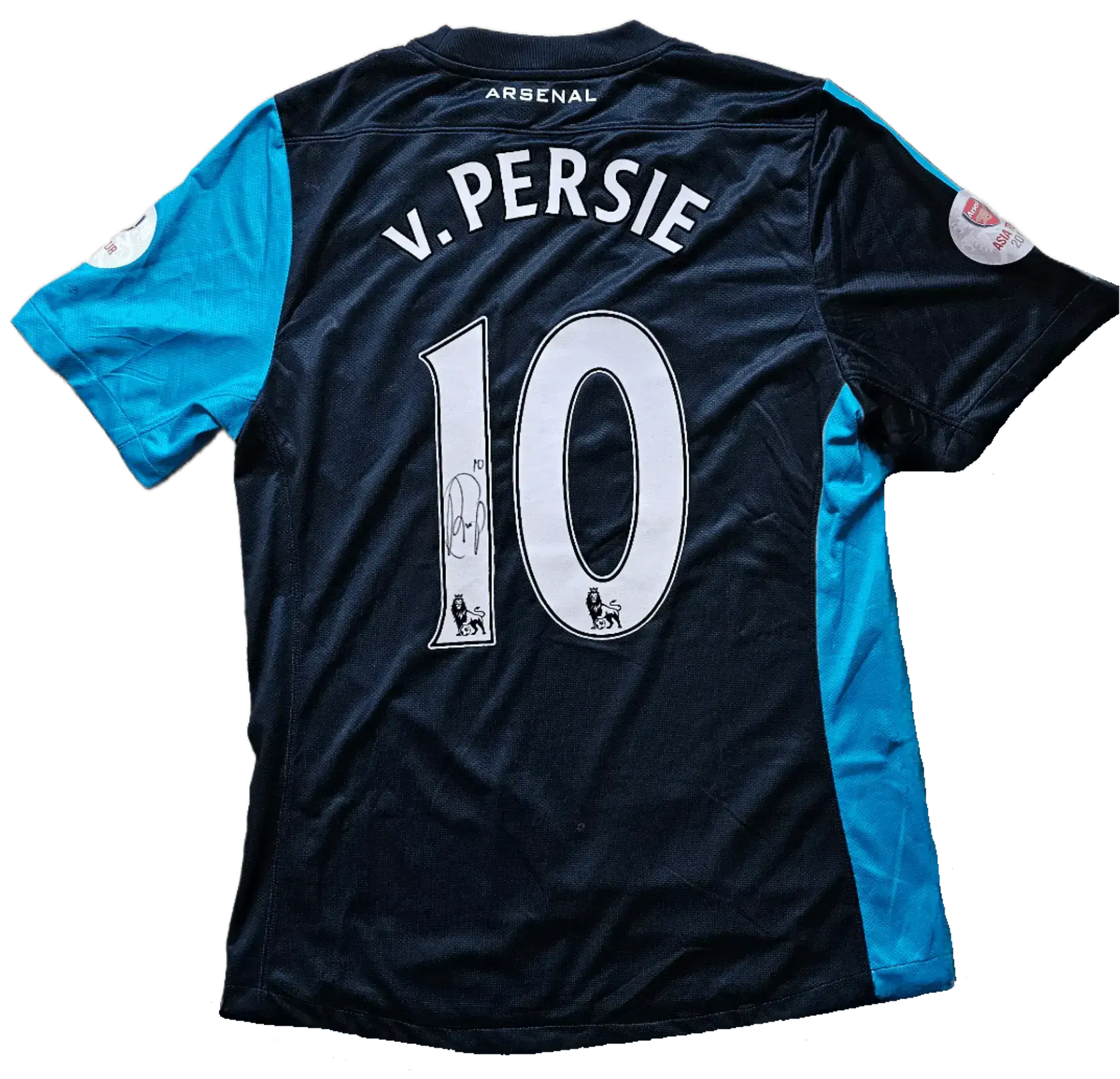
Match Issued
Match Issued Football Shirts: how to verify, prove and value
DECEMBER DROP UP TO 15% OFF*

Match issued Football Shirts are official garments prepared for a named player and a specific fixture, but not worn in play.
They sit at the professional end of the spectrum with match worn and match prepared items. For collectors they offer direct team context, correct competition detailing and a clear route to provenance when the preparation can be shown. They are not replicas. They are built on official fanshop match authentic or pro issue specifications and assembled by kit staff for use if required.
A fanshop shirt is the standard retail version. A fanshop match or match authentic shirt is the retail release that mirrors the on pitch specification. Match issued is a step beyond because the shirt is prepared for a player and fixture, often by the club kit room. It may be identical to the match authentic retail model or it may carry small pro differences such as alternate size labels, internal codes or materials used by the team that season. Match worn is the subset that saw action on the pitch. Player issued describes the pathway from the player but does not by itself prove match preparation.
Start with the competition context. Check that sleeve patches, back of shirt regulations and sponsor variations match the fixture window. Confirm the nameset font and number style for that season. Review heat transfers, crest construction and any team room tells such as size stickers, laundering stamps or internal kit notes. Look for season correct care labels and production codes. Cross check positioning and spacing of prints against trusted images. A credible match issued shirt should feel consistent across all these points rather than rely on a single detail.
The strongest evidence is item specific. Ideal materials include club or foundation documentation, a kit manager note, a player letter, or signing images that show the exact shirt with its patches and print. Dated imagery from the preparation or from the match day environment helps to anchor the item to a fixture. If the shirt was obtained from a signing, capture photo or video that shows the player, the same variant and the autograph being applied. Record the base as match authentic or pro issue and state size, season and competition.
Value follows player relevance, competition importance, shirt specification and the quality of proof. A match issued shirt from a major final or debut season carries stronger demand than a routine league fixture, even if both are unused. A clear kit room provenance package and accurate competition detailing can lift value above a standard match authentic retail shirt. Overclaims hurt trust. Avoid implying match use unless you can document it. Neutral inscriptions usually preserve wider appeal and liquidity.
Keep heat sensitive patches and namesets away from high temperatures. Use UV filter glazing in frames. Support weight evenly so vinyl and adhesives do not lift. Store flat in archival sleeves when unframed. Include printed photographs of proof and a digital folder with the same files. Label the outer sleeve with player, season, competition and whether the shirt is match issued or match worn to avoid confusion later.
Before buying, ask how the shirt was prepared and for which fixture. Request close ups of labels, patches and fonts. Compare with season correct references and competition rules for placement. Confirm whether the base is match authentic retail or a pro issue variant. If the shirt came via a player, state this clearly but keep the distinction between player issued and match issued precise. When listing, use specific language and include the full provenance set so the next owner can review the item without handling.
Continue in the Knowledge Base and see Collecting for related guides.
An official shirt prepared for a named player and a specific fixture that was not worn in play.
Match worn saw action on the pitch, while match issued was prepared for use but remained unused.
Yes, many are built on match authentic retail models, while others follow pro issue specs used by the team.
Club or kit room documentation, player or charity letters, and item specific images showing correct patches and print.
Competition patches, nameset font, production codes, label scheme, and whether the shirt aligns with the stated fixture.




